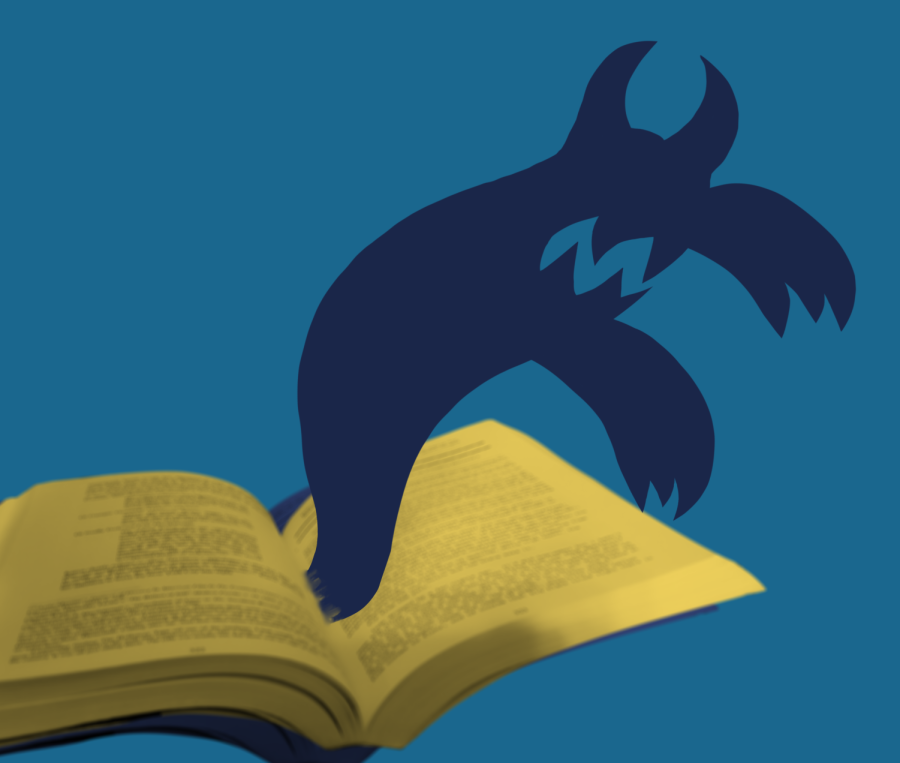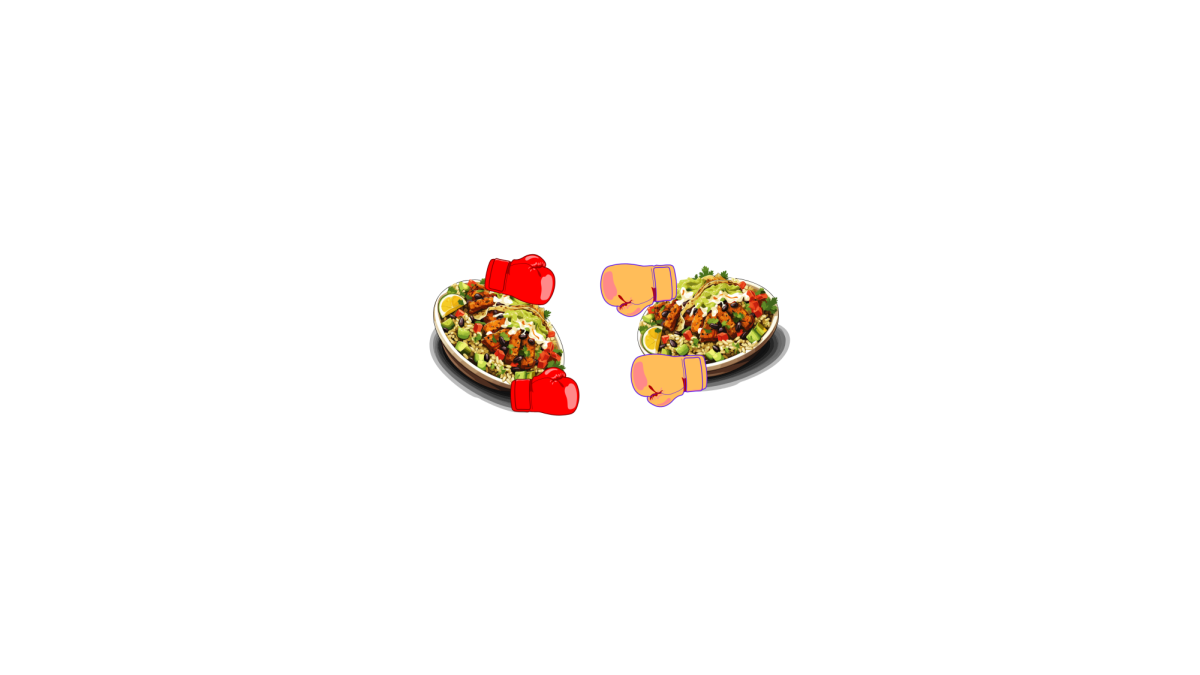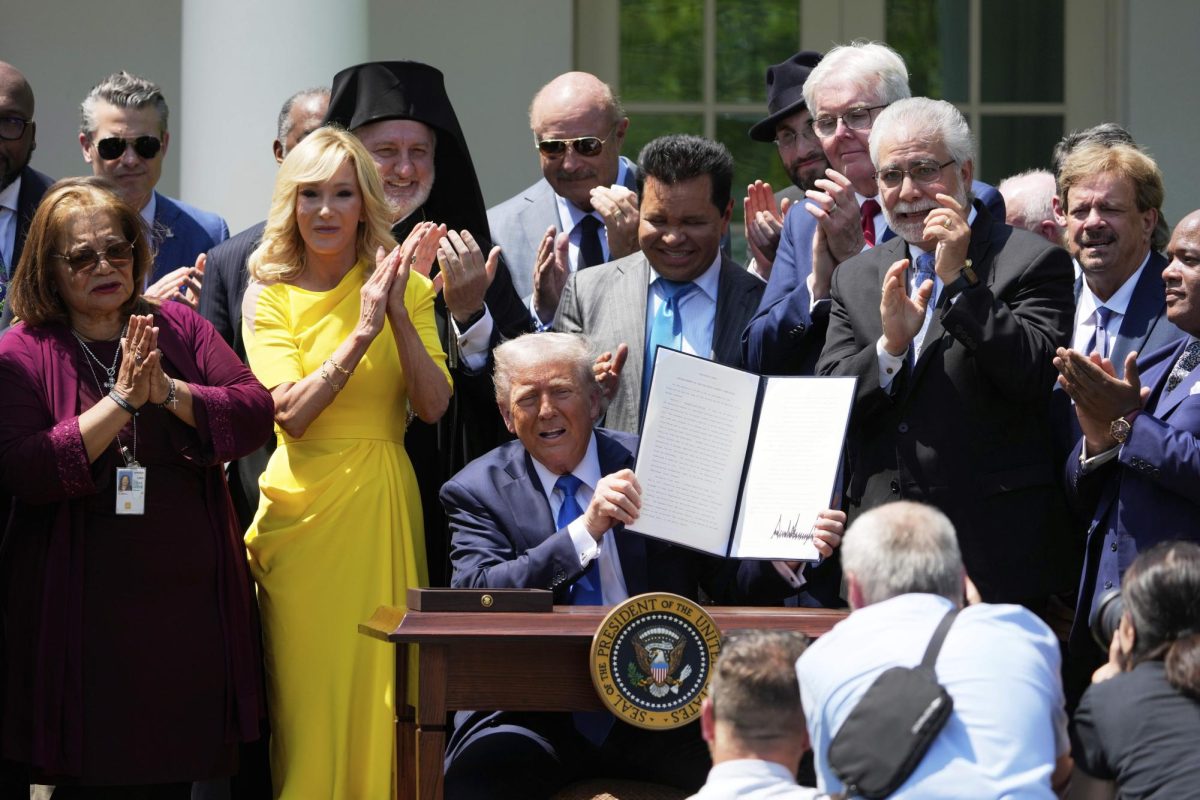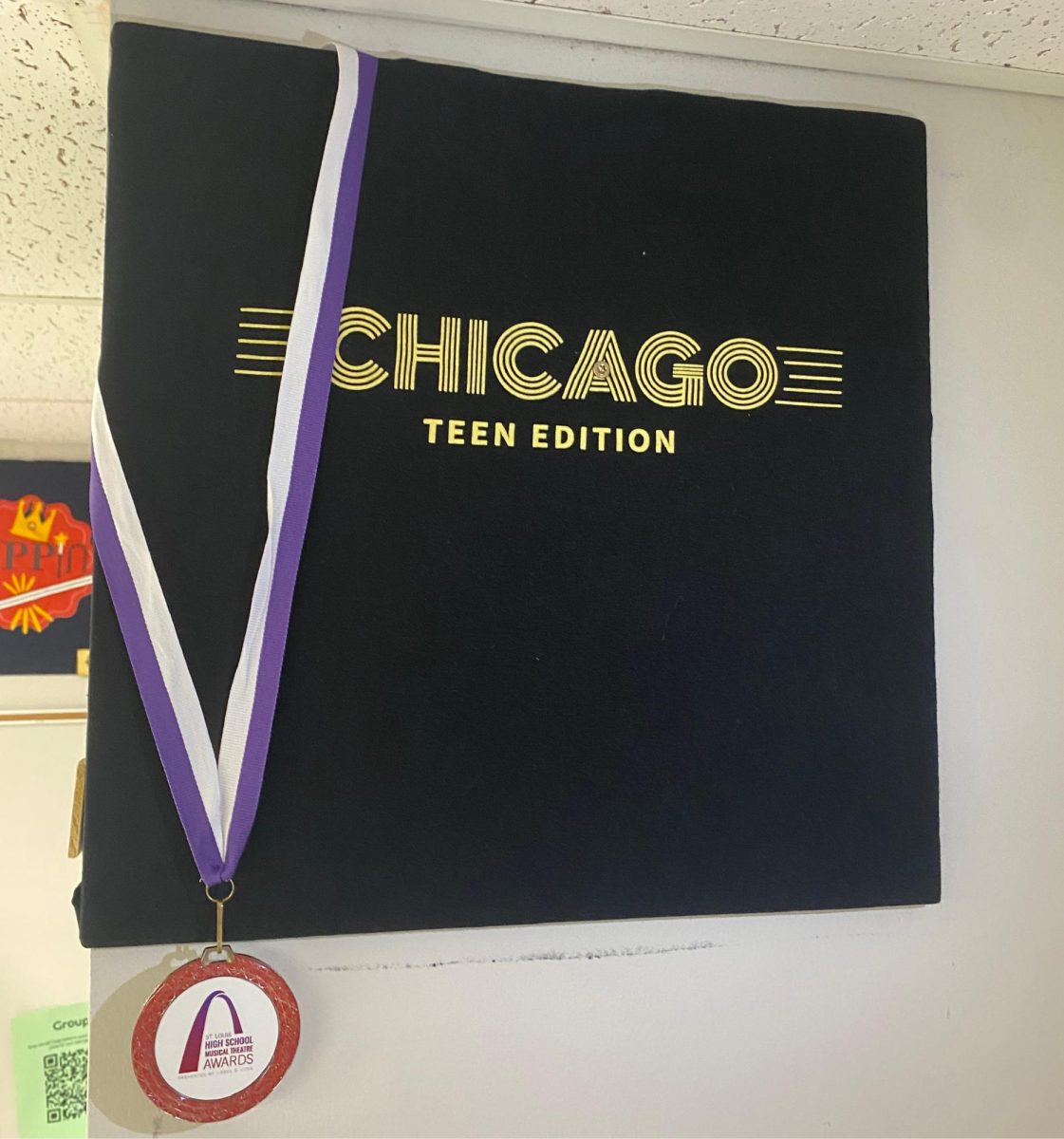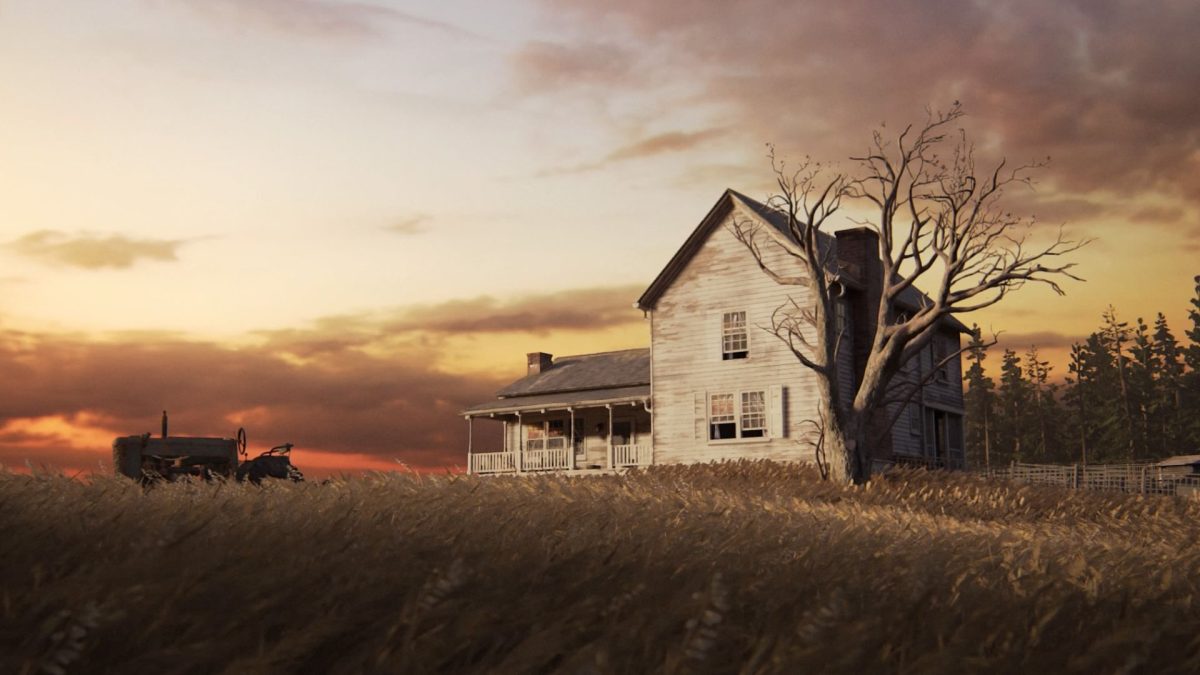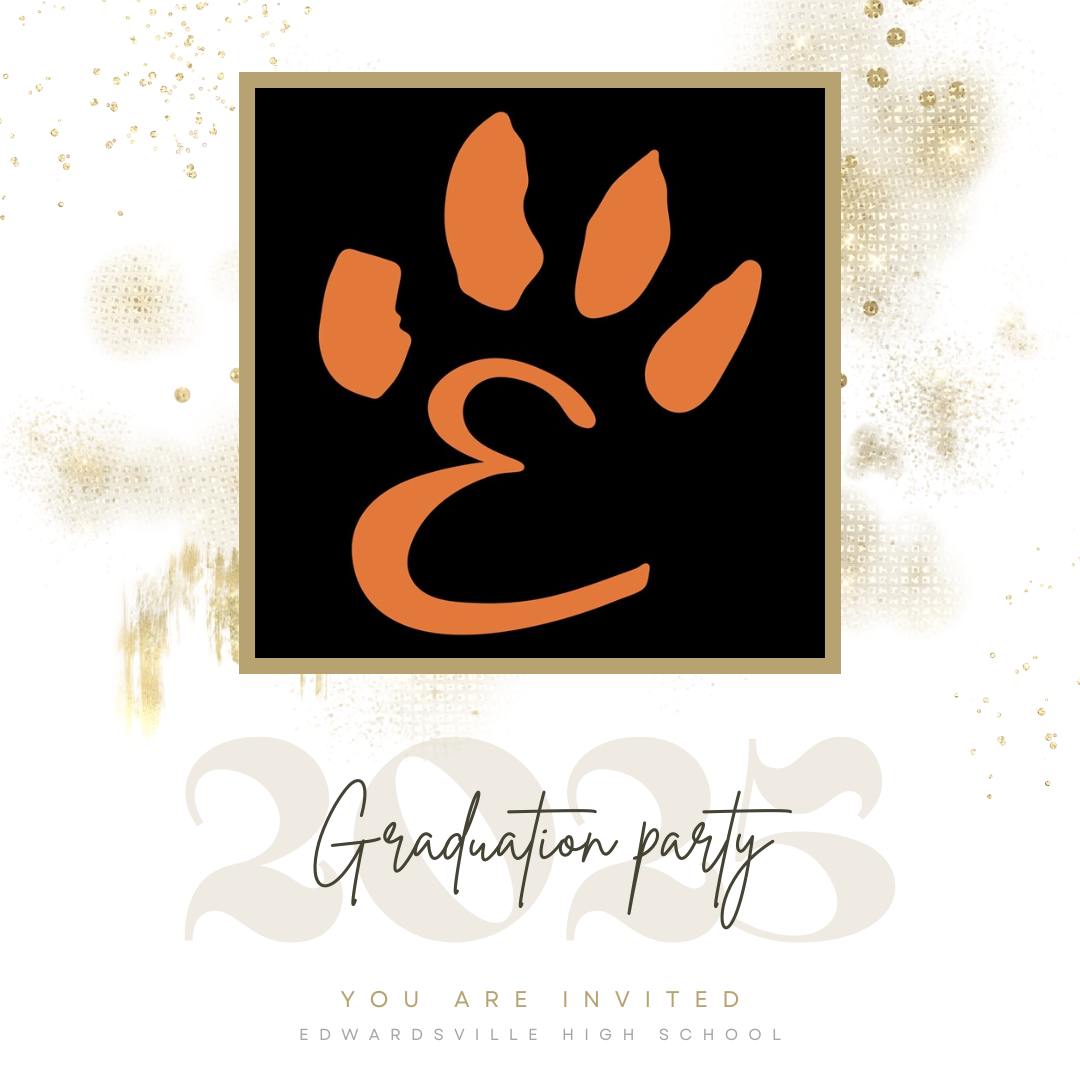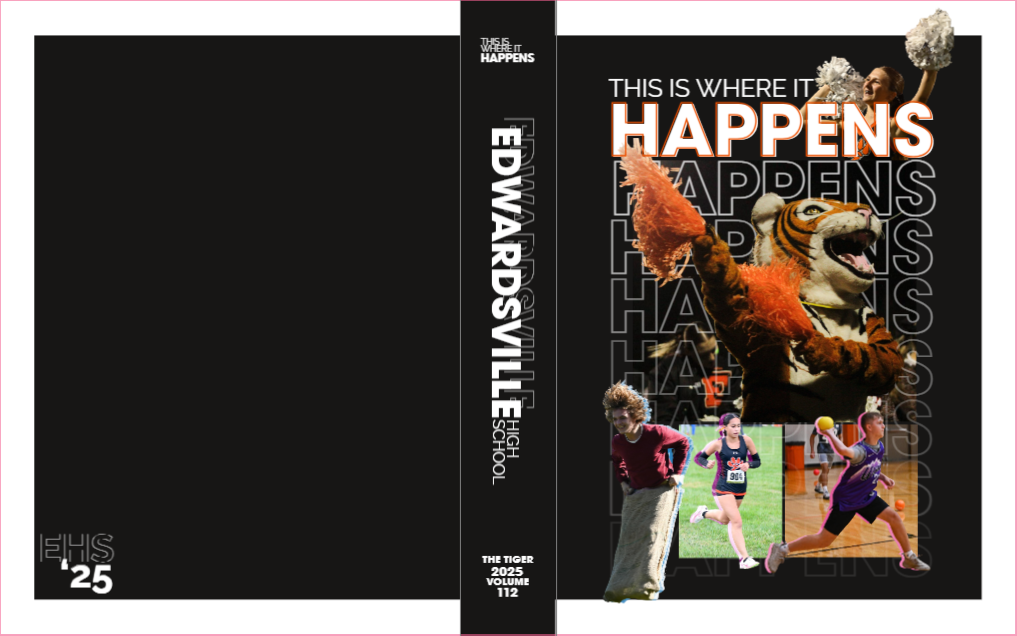Who’s Afraid of Banned Books?
February 9, 2022
The book is “garbage,” according to the parent who pushed to have it removed from her child’s school district.
It depicts sexual assault, profanity and racism. A school board member said she “would not want this book in the school for anyone else to see.”
Concerned community members succeeded when, on Jan. 20, the Wentzville School Board passed a motion to pull it from its high school libraries.
The book is Toni Morrison’s “The Bluest Eye,” a story about a young Black girl in the wake of the Great Depression. Pecola, the main character, longs for blue eyes and white skin while facing extreme oppression in her small Kansas town.
Morrison wrote “The Bluest Eye” to capture the racism and trauma unique to growing up Black in America, especially during the 1930s. And, for that reason, it’s important that her story be shared.
If efforts like the one on Jan. 20 continue, telling those stories will only get harder.
The Wentzville decision is only a stop on a frustratingly long path. Across America, books are being challenged and removed from school libraries, suggested reading lists, class discussions and curriculums in a sweeping fit of public rage.
The common factor in many cases is perspective. Stories that center around oppression — and are told from the side of the oppressed — end up in the crosshairs of anger and censorship.
A Tennessee school district made national headlines when “Maus,” a graphic novel by Art Spiegelman that depicts his father’s experiences in the Holocaust, was removed from its eighth grade English classes.
“Maus,” however, is a case study of a book ban with an opposite effect.
Rather than disappear from the libraries and minds of America, editions of Spiegelman’s novel rose to spots 12 and nine on Amazon, despite being nowhere on the top 1,000 best sellers before the ban took place.
If people are going to seek out these books either way, where is the logic in banning them from schools?
Removing these books, ultimately, makes reading them more dangerous to children.
In the context of a classroom, students are taught to engage critically with literature. Reasoning skills and necessary context are baked into the lessons that involve now-controversial books.
Without this instruction, children are left on their own to understand a work, leaving the door open for misunderstanding and misreading.
Teachers may not shape a student’s opinions, but they provide the tools for students to form their own.
If communities in America remain adamant about removing these books from the classroom, they risk removing these tools along with them.


